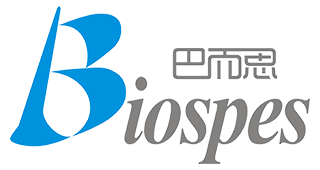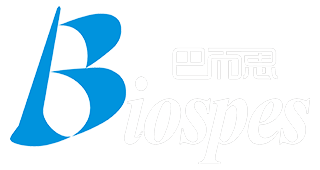Polyclonal Anti- COLEC11 antibody
Lot # Check on the product label
Size: 100 μl
Isotype: IgG
Host: Rabbit
Reactivity: Human, mouse, rat
--------------------------------------------------------------------------------------------------------------
Price: ---
Catalog# YPA2848
Lot # Check on the product label
Size 100 μl
Isotype IgG
Host Rabbit
Reactivity
Human, mouse, rat
Immunogen A synthesized peptide derived from human COLEC11, corresponding to a region within C-terminal amino acids.
Purification Purified by peptide affinity chromatography
Content Rabbit IgG in phosphate buffered saline, pH 7.4, 150mM NaCl, 0.02% sodium azide and 50% glycerol.
Recommend Application
Western Blot, WB (1:250-1:1000)
Immunohistochemistry, IHC (1:20-1:100)
Other applications have not been tested.
The optimal dilutions should be determined by end user.
Storage Instruction
Ship at 2-8°C, when receipt, aliquot and store at -20°C for one year.
Avoid repeated freeze and thaw cycles.
Background
Collectin-11 (CL-11), also known as alias collectin kidney 1 (CL-K1) is a recently identified member of collectins, encoded by COLEC11. It is produced by several types of non-immune cells, including epithelial cells of the renal tract and mucosal cells in the intestinal and bronchial tracts. CL-11 has a classical collectin structure containing an N-terminal segment, a collagen-like region, an alpha-helical coiled neck region, and a C-terminal carbohydrate recognition domain (CRD) which is responsible for the recognition of multiple sugars with a preference for fucose and mannose. Similar to other collectins, CL-11 plays an important role in innate immunity through binding to carbohydrate antigens on microorganisms and activating complement through the recruitment of mannose-binding lectin (MBL)-associated serine proteases (MASPs). Also, CL-11 has been shown to play a role in apoptosis through binding to the DNA present at the surface of apoptotic cells in a calcium-independent manner and activating the complement in response to this binding. Interestingly, CL-11 is also involved in the development via guiding the migration of neural crest cells and other cell types during embryogenesis.
Reference
1. Nauser, C.L.; et al. Collectin-11 (CL-11) Is a Major Sentinel at Epithelial Surfaces and Key Pattern Recognition Molecule in Complement-Mediated Ischaemic Injury. Front. Immunol. 2018.



